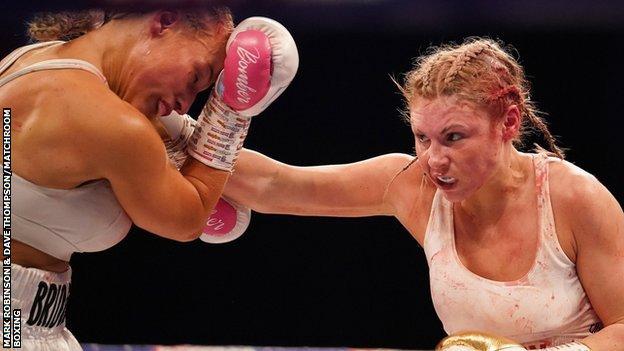
One hundred and eighty five (185) backers pledged a total of $14,485 to fund Trunzo’s sophisticated labor of love. Well move over Big George Foreman and Rocky Balboa because on February 1, 2018, Trunzo proudly announced that Title Bout II, a reimagining of his original 1979 boxing simulation, had officially left the manufacturer, shipping to fill pre-orders around the world. Rather than flipping cards, keeping tabs, and imagining the blow-by-blow, players now watched mathematics play out on-screen with no involvement beyond fantasy matchmaking.Īs the years went by, we who loved this game wondered if it would ever birth a real comeback. Updates in the form of new fighter cards were available for the venerable board game until 1990 before Title Bout transitioned with the times into a sanitized computer version of the paper classic. Sullivan? What if Joe Louis had met Ali when both were in their primes? Issued in a simple blue box with a large action shot on the front and the promise of pure magic on the back, Title Bout, said the blurb, “lets you recreate all the great ring matchups of the past and present with over 400 boxers individually rated for their abilities in over 20 key areas.” My first copy of Title Bout was a gateway drug an introduction to the addiction of What If? What if Marciano fought the legendary John L. Growing up in Rocky’s hometown of Brockton, Mass, I discovered this wondrous game for sale at a hobby shop not far from where Marciano attended high school.
#Title bout championship boxing review professional#
The product was called Title Bout: The Game of Professional Boxing. In 1979, Trunzo’s creative design was released in time for Christmas by the Avalon Hill game company in conjunction with Sports Illustrated. “Randy did the first fighter ratings,” says Trunzo. Gordon, then a member of Loubet’s The Ring magazine editorial staff, played a key role in the realization of Trunzo’s vision.


Trunzo credits fight writers Nat Loubet and Randy Gordon for that. Informative and entertaining-it was also realistic. Instead of dice or spinners, TB utilized an innovative system of random numerical “action cards” to simulate bouts in a way that reflected the probabilities being played out by gamers at home. It was no easy task to deconstruct pugilism into its myriad statistical equivalencies but his core concept was sound. With the “innocence and impetuousness” of youth Trunzo set out to design the first ever “Strat-O-Matic” experience for the utterly unpredictable flow of boxing. The Sweet Science no longer held a monopoly of fan interest. When the pair looked at the 70s role-playing-game marketplace, what they saw were successful simulation board games for baseball and other more current American pastimes such as football but no boxing.

That educated fascination with fantasy matchups grew into a booming business for Jim and brother Tom. The infamous 1969 “Computer Super Fight” between Ali and Marciano had left its mark on a future generation of gamers and boxing fans hungry for statistical information about their favorite past and present fighters. Growing up in rural Leechburg, PA, Trunzo’s Italian-American family idolized the Brockton Blockbuster.
#Title bout championship boxing review tv#
Like many Boomers, Trunzo watched boxing on TV with his father in the 60s. Who would win if Muhammad Ali boxed Rocky Marciano in a mythical battle of all-time heavyweight greats? Was there really any way to find out? When boxing historian and statistician James Vincent Trunzo created his beloved boxing simulation board game TITLE BOUT in 1976 it was to satisfy a nagging curiosity that many of us shared with him at that time.


 0 kommentar(er)
0 kommentar(er)
